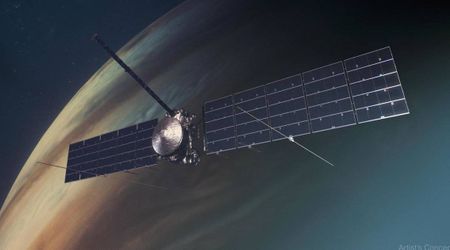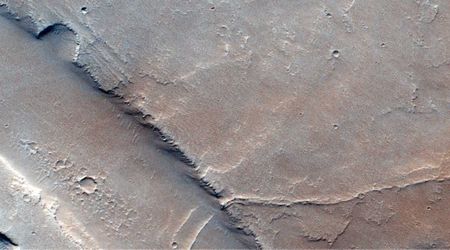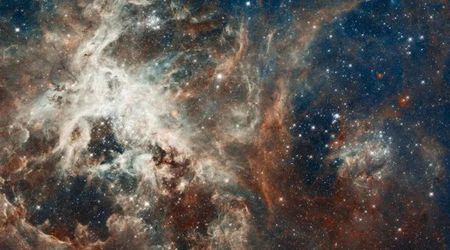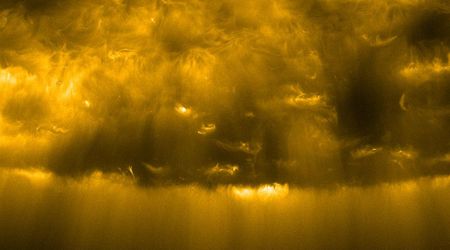Emirates Mars Mission's Hope probe unveils first-ever complete picture of Martian nighttime clouds
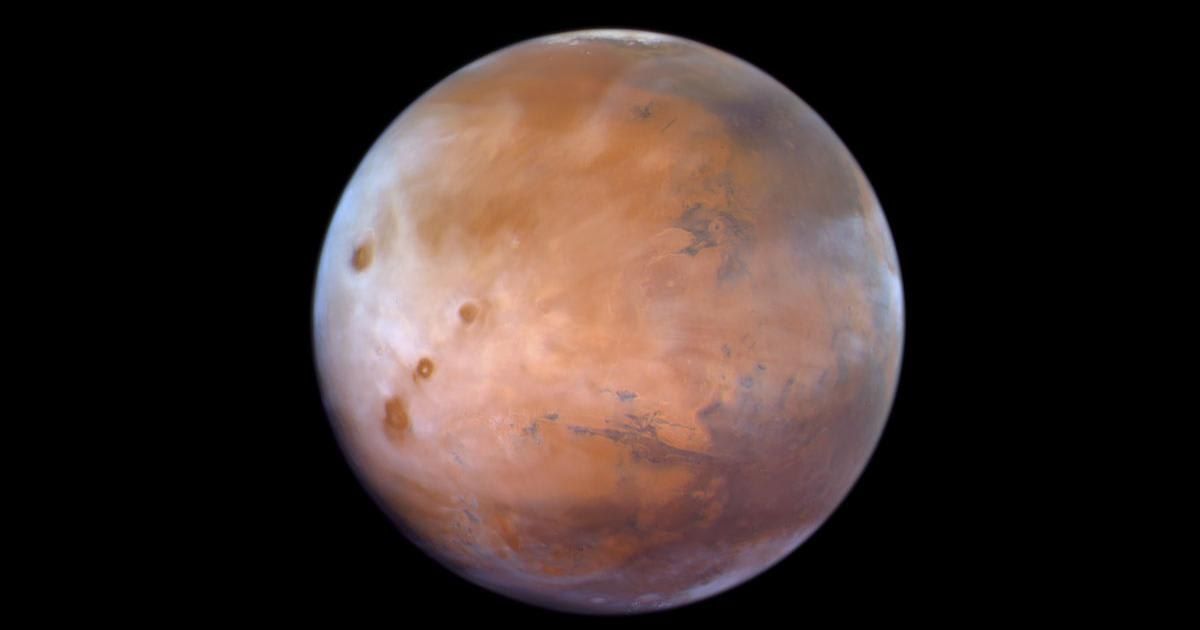
A planet's cloud cover reveals significant information about its environment. So far in our study of the red planet, researchers had only collected data during the Martian afternoon. The Emirates Mars Mission's Hope Probe changes that by providing unprecedented insight into the dynamics of Mars' atmosphere, delivering the first comprehensive observations of the planet's nighttime clouds. This groundbreaking data challenges previous assumptions and offers a clearer understanding of the Martian water cycle, as mentioned in the study published in the Journal of Geophysical Research: Planets.

Before these findings, most observations of Mars' water-ice clouds were limited to daytime hours, when they are at their thinnest. Now, because of the Emirates Mars Infrared Spectrometer (EMIRS), scientists have been able to monitor cloud formations across a full Martian day and night. The new data, spanning nearly two Martian years, reveal that clouds are generally thicker at night than during the day. Researchers have also identified additional peaks in cloud density during the early morning and evening.
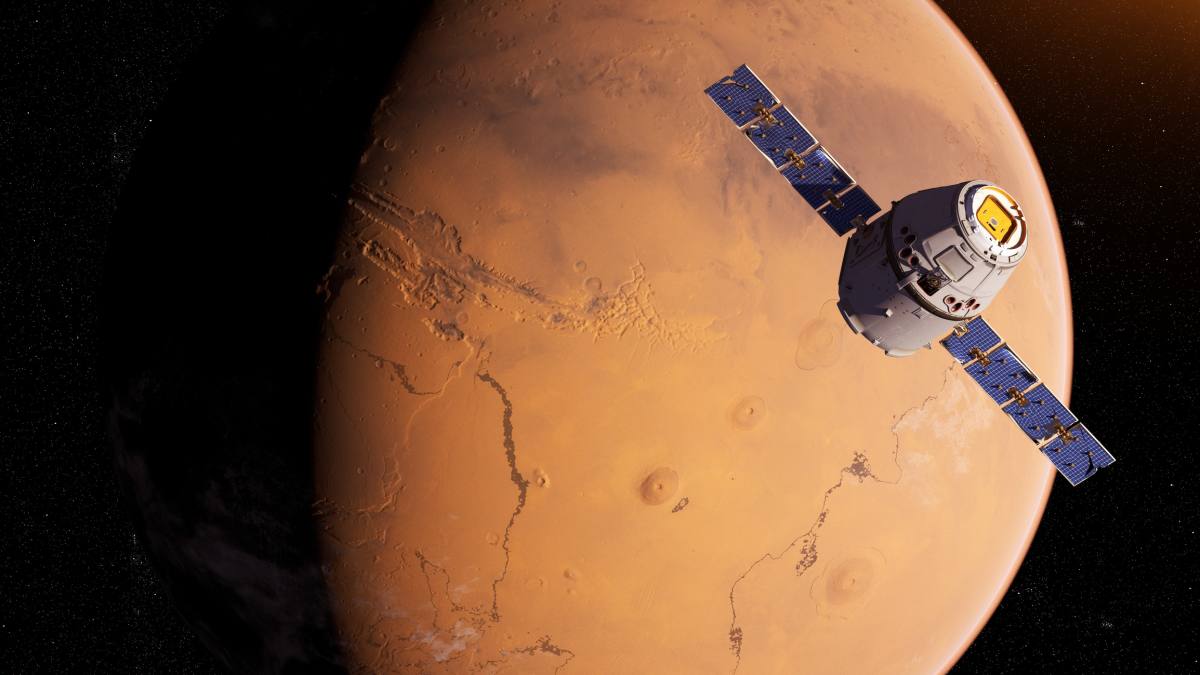
Among the most significant discoveries is a band of exceptionally thick clouds that forms near the planet's equator during its cold season. These clouds reach their maximum thickness just after sunrise. During the same season, evening clouds were found to be more widespread across low latitudes, while early morning clouds were concentrated over the volcanic region of Tharsis. These detailed nighttime observations are crucial for validating atmospheric models and will significantly enhance our understanding of how water moves and behaves within the Martian atmosphere.

This recent study, led by Samuel Atwood, also details how the Hope Probe's unique orbital design made these discoveries possible. The probe's high-altitude, low-inclination elliptical orbit was specifically engineered to allow for continuous observation of Mars across all times of day and night, as well as a wide range of latitudes and longitudes, as per Phys.org.
By analyzing data from the EMIRS instrument, which measures the thickness and presence of clouds by detecting how they absorb and scatter infrared light, researchers gained a holistic view of the Martian atmosphere. This comprehensive analysis has provided critical new information, confirming that even with its thin and dry atmosphere, Mars' water-ice clouds play a significant role in its climate, just as they do on Earth. The findings offer a vital new dataset for scientists to validate and improve their computational models of the Martian atmosphere.
While the Hope Probe focuses on the planet's atmosphere, NASA's Perseverance rover is actively exploring the surface for clues about Mars' tumultuous geological history. The rover has recently arrived at a new location called Westport, where it is examining a unique rock formation. Scientists believe the rocks at this site could be evidence of an intrusive igneous unit. This means they may have formed from molten magma that pushed up from deep within the planet and solidified beneath the surface. If this theory is correct, Westport would provide a rare window into a dramatic period of Martian history involving forceful magma intrusions.

On Earth, similar intrusive events can "bake" the surrounding rock through intense heat, altering its mineral composition and potentially creating environments where life could exist. This new research by the Perseverance rover will help scientists understand whether similar processes occurred on Mars, shedding light on the planet's volcanic past and its potential for ancient life.
